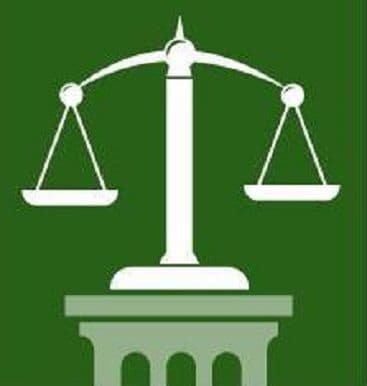To prove a claim for injury the injury victim must prove the existence of a duty and breach of the duty.
In Washington the state Supreme Court has adopted the public duty doctrine.[1] If the injury claim is against a non-federal governmental entity the injury claimant must prove there was a duty specific to the individual, rather to the public generally. Otherwise, if no duty of care is owed to the individual the injury claimant has no valid negligence claim. “A duty to all is a duty to no one”.[2]
The public duty doctrine applies to governmental functions but not proprietary functions. The principal test in distinguishing governmental functions from proprietary functions is whether the act performed is for the common good of all, or whether it is for the special benefit or profit of the governmental entity.[3]
The public duty doctrine does not apply when a government performs a proprietary function.[4] Instead, a government performing a proprietary function owes the same duty of care as a private individual engaged in the same activity.[5] A government performs a proprietary function ” ‘when it engages in a business-like venture as contrasted with a governmental function.’ “[6] Examples of proprietary function include operating a water system,[7] a sewer system,[8] or helping private developers design, engineer, and pay for a a new stormwater drainage system.[9]
Examples of governmental functions include building code inspections[10] and street lighting[11].
The Washington Supreme Court has recognized four exceptions to the public duty doctrine
(3) the rescue doctrine, and
(4) a special relationship.[12]
[1] Honcoop v. State, 111 Wn.2d 182, 759 P.2d 1188 (1988); Taggart v. State, 118 Wn.2d 195, 822 P.2d 243 (1992).
[2] Meaney v. Dodd, 111 Wn.2d 174, 178, 759 P.2d 455 (1988).
[3] Okeson v. City of Seattle, 150 Wn.2d 540, 550 (2003), citing Lakoduk v. Cruger, 47 Wn.2d 286, 288-89, 287 P.2d 338 (1955) (citing Hagerman v. City of Seattle, 189 Wash. 694, 701, 66 P.2d 1152 (1937)).
[4] Dorsch v. City of Tacoma, 92 Wn. App. 131, 135, 960 P.2d 489 (1998) (citing Bailey v. Town of Forks, 108 Wn.2d 262, 268, 737 P.2d 1257 (1987); Moore v. Wayman, 85 Wn. App. 710, 715, 934 P.2d 707, review denied, 133 Wn.2d 1019 (1997)).
[5] Bailey, 108 Wn.2d at 268; Russell v. City of Grandview, 39 Wn.2d 551, 553, 236 P.2d 1061 (1951); Dorsch, 92 Wn. App. at 135.
[6] Hoffer v. State, 110 Wn.2d 415, 422, 755 P.2d 781 (1988) (quoting BLACK’S LAW DICTIONARY 1097 (5th ed. 1979)); Moore, 85 Wn. App. at 715-16; see Russell, 39 Wn.2d at 553.
[7] Russell, 39 Wn.2d at 553.
[8] Hayes v. City of Vancouver, 61 Wash. 536, 538, 112 P. 498 (1911).
[9] Borden v. City of Olympia, 113 Wn. App. 359(2002).
[10] Moore v. Wayman, 85 Wn. App. 710, 934 P.2d 707(1997) Taylor v. Stevens County, 111 Wn.2d 159, 759 P.2d 447(1988).
[11] Okeson v. City of Seattle, 150 Wn.2d 540, 550 (2003).
[12] Babcock v. Fire District, 144 Wn.2d 774, 794 (2001).
